Estimated reading time: 4 minutes
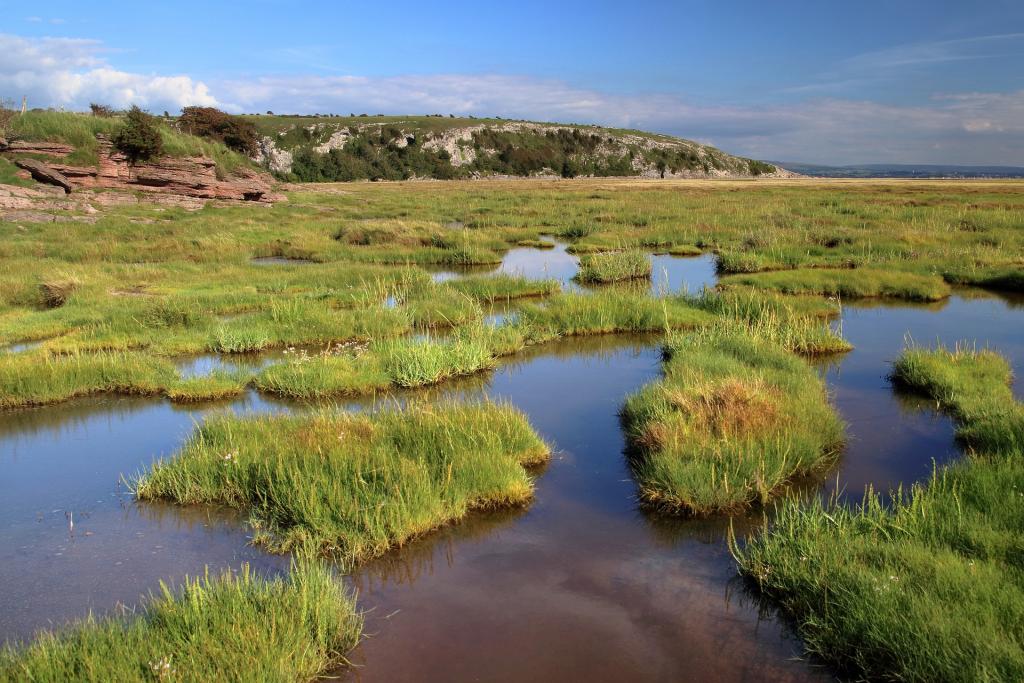
When it comes to bodies of water, people are most familiar with oceans, bays, rivers, and lakes. But have you heard of a tidal marsh? If you live on the coast, chances are you’ve encountered it but considered it an ordinary swamp. However, tidal marshes are not swamps. In fact, they have many unique characteristics that differentiate them from other bodies of water. Let’s explore these differences and understand what a tidal marsh is and its significance to the marine ecosystem.
What is a Tidal Marsh?
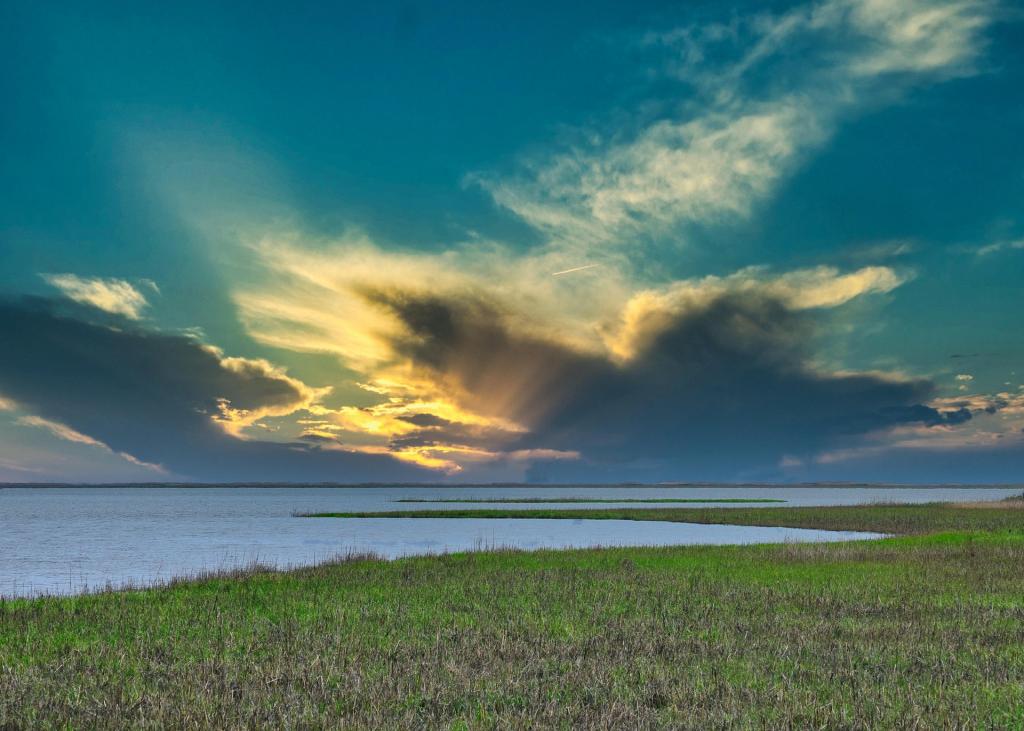
A tidal marsh is a type of wetland that is located along coasts and estuaries. Because of its waterlogged terrain, it is often confused with swamps. However, unlike swamp wetlands, tidal marshes’ water levels ebb and flow in correlation to the tides. This flood and drain sequence allows them to support a plethora of plants and wildlife, creating a rich and diverse ecosystem. They provide day-night fluctuations in temperature and seasonal vegetation growth and decay, all of which contribute to the unique biodiversity of these areas.
Types of Tidal Marshes
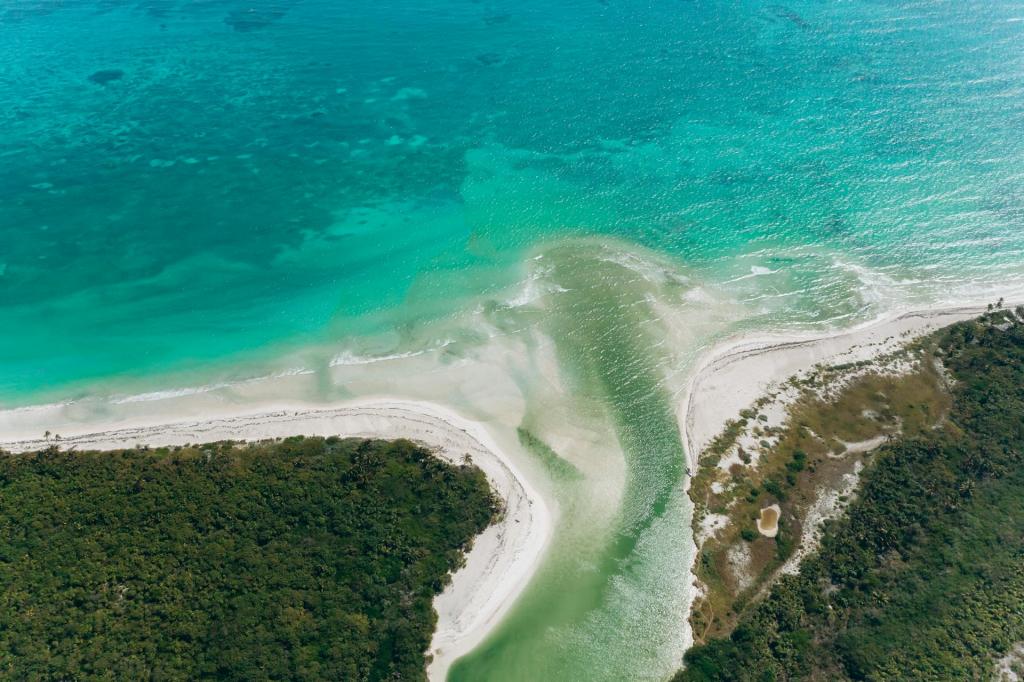
Tidal marshes are differentiated according to their salinity and categorized as freshwater, brackish (mix of fresh and saltwater), and salt. These can further be defined according to their location: coasts (coastal marshes lie along the coast) and estuaries (estuarine marshes lie further inland). Furthermore, they can be classified based on elevation and sea level: lower or intertidal, upper or high marsh, and middle marsh.
What Lives in a Tidal Marsh?
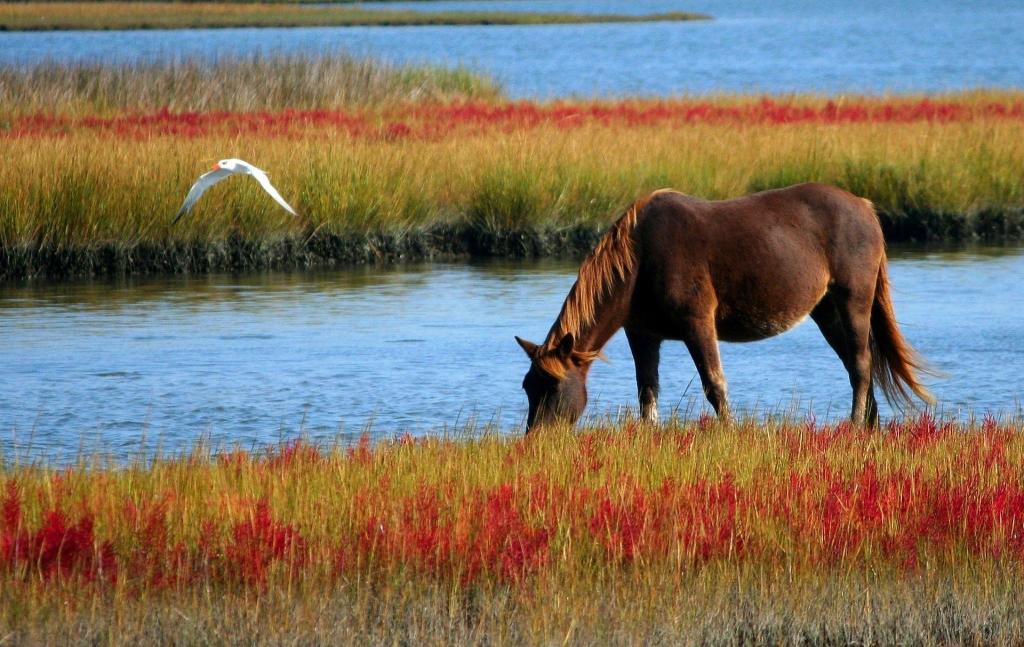
From seagrass to herons, tidal marshes host a wide variety of vegetation and wildlife, and the specific species vary depending on the region and its tidal movements. They offer shelter for migratory birds and provide food and nesting sites for clams, crabs, fish, otters, alligators, and more. Various seagrasses are commonly found throughout all marshes, while mangroves are typically found in coastal salt marshes. Decomposed plant matter in these wetlands forms the foundation for microorganisms such as bacteria, fungi, and algae to flourish, thus playing a vital role in the food chain.
Benefits of Tidal Marshes
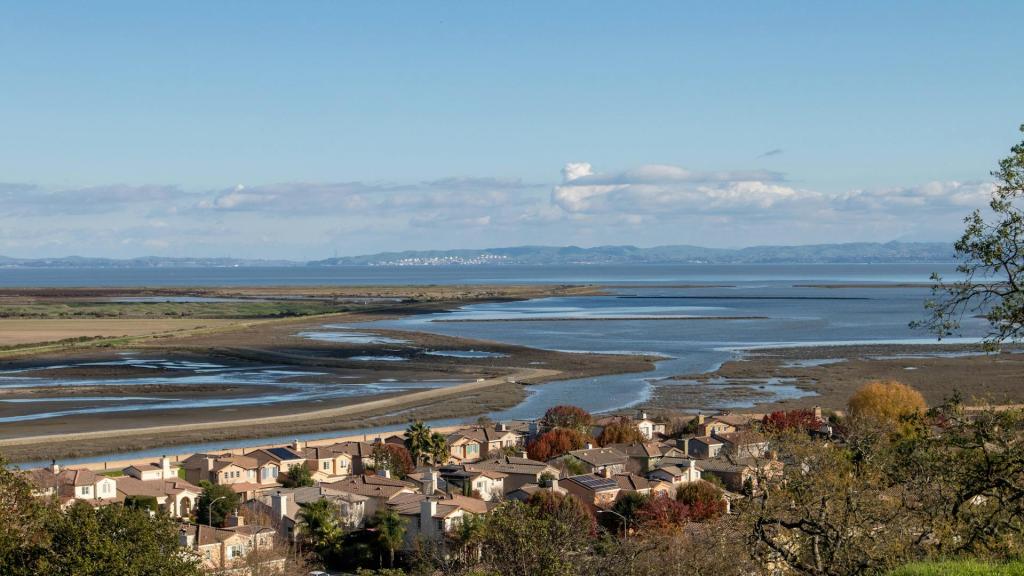
Aside from its benefits to biodiversity, tidal marshes play a vital role in stabilizing shorelines and acting as a buffer during storm surges by soaking up excess water that would otherwise flood coastal homes and communities. Additionally, they are economically important because they serve as recreational sites for outdoor activities, boosting local tourism and supporting the fishing industry through harvested seafood such as crabs, shrimp, and fish. Moreover, tidal marshes, particularly tidal salt marshes, are carbon sinks or mechanisms that remove greenhouse gases. Unfortunately, removing or destroying salt marshes will turn these carbon sinks into carbon sources, adversely affecting the environment by releasing carbon into the atmosphere.
Other interesting facts about tidal marshes:
- The U.S. has about 3.8 million acres of salt marshes; three-quarters of them are located in the southeast.
- South Carolina has approximately 500,000 acres of salt marsh, more than any other state on the east coast.
- Salt marshes bury carbon 55 times faster than tropical rainforests.
- They provide food and shelter for more than 75% of the country’s commercial and recreational fish species.
From flood control to commercial fishing to global warming, these wetlands are vital in maintaining a healthy coastal ecosystem and surrounding communities. So the next time you visit a seaside town or enjoy a plate of fried oysters, you now understand how tidal marshes impact the beach lifestyle.

